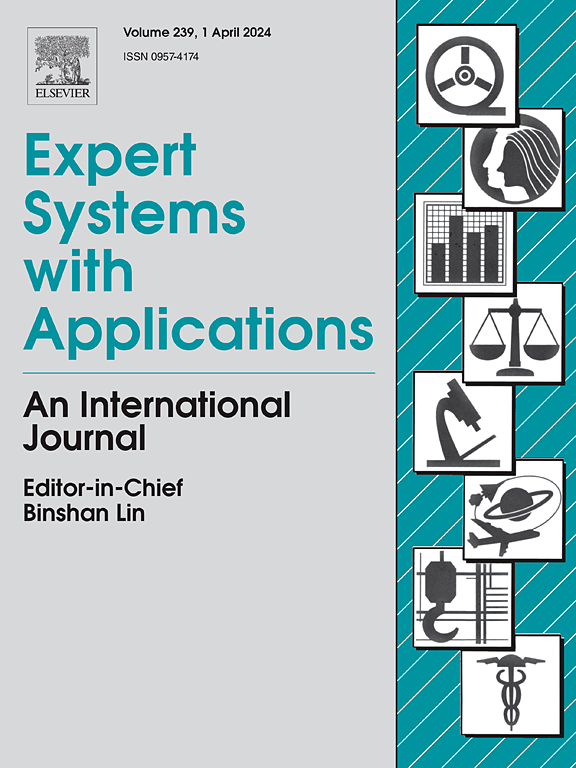A Hybrid Similarity-Aware Graph Neural Network with Transformer for Node Classification
IF 7.5
1区 计算机科学
Q1 COMPUTER SCIENCE, ARTIFICIAL INTELLIGENCE
引用次数: 0
Abstract
Node classification has gained significant importance in graph deep learning with real-world applications such as recommendation systems, drug discovery, and citation networks. Graph Convolutional Networks and Graph Transformers have achieved superior performance in node classification tasks. However, the key concern with Graph Convolutional Networks is over-squashing, which limits their ability to capture long-range dependencies in the network. Additionally, Graph Transformers face scalability challenges, making it difficult to process large graphs efficiently. To address this, we propose a novel framework, A Hybrid SImilarity-Aware Graph Neural Network with Transformer for Node Classification (SIGNNet), which capitalizes local and global structural information, enhances the model’s capability to effectively capture fine-grained relationships and broader contextual patterns within the graph structure. The proposed method leverages Graph Convolutional Networks alongside a score-based mechanism to effectively capture local and global node interactions while addressing the limitations of over-squashing. Our proposed method employs a novel Personalized PageRank-based node sampling method to address scalability issues by generating subgraphs of nodes. Additionally, SIGNNet incorporates a novel attention mechanism, Structure-Aware Multi-Head Attention (SA-MHA) which integrates node structural information for informed attention weighting, enabling the model to prioritize nodes based on topological significance. Extensive experiments demonstrate the significant improvements achieved by the proposed method over existing state-of-the-art methods, with average accuracy gains of 6.03%, 5.47%, 4.78%, 19.10%, 19.61%, 7.22%, 19.54% and 14.94% on Cora, Citeseer, CS, Wisconsin, Texas, Actor, Cornell and Chameleon datasets, respectively.
求助全文
约1分钟内获得全文
求助全文
来源期刊

Expert Systems with Applications
工程技术-工程:电子与电气
CiteScore
13.80
自引率
10.60%
发文量
2045
审稿时长
8.7 months
期刊介绍:
Expert Systems With Applications is an international journal dedicated to the exchange of information on expert and intelligent systems used globally in industry, government, and universities. The journal emphasizes original papers covering the design, development, testing, implementation, and management of these systems, offering practical guidelines. It spans various sectors such as finance, engineering, marketing, law, project management, information management, medicine, and more. The journal also welcomes papers on multi-agent systems, knowledge management, neural networks, knowledge discovery, data mining, and other related areas, excluding applications to military/defense systems.
 求助内容:
求助内容: 应助结果提醒方式:
应助结果提醒方式:


